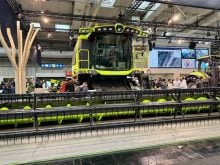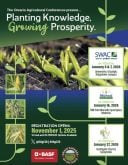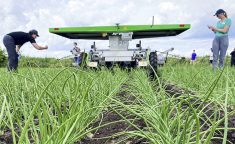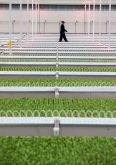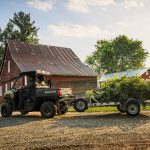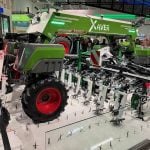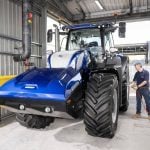Glacier FarmMedia – A French company can install a IoT (internet of things)-based product-measuring system into grain bins with legs within half an hour.
Nanolike installs strain gauges into the legs of grain bins and then uses algorithms and artificial-intelligence based cloud computing to estimate the amount of product inside.
A strain gauge is used to measure force or strain and as these forces change the electrical output the gauge produces also changes.
Read Also
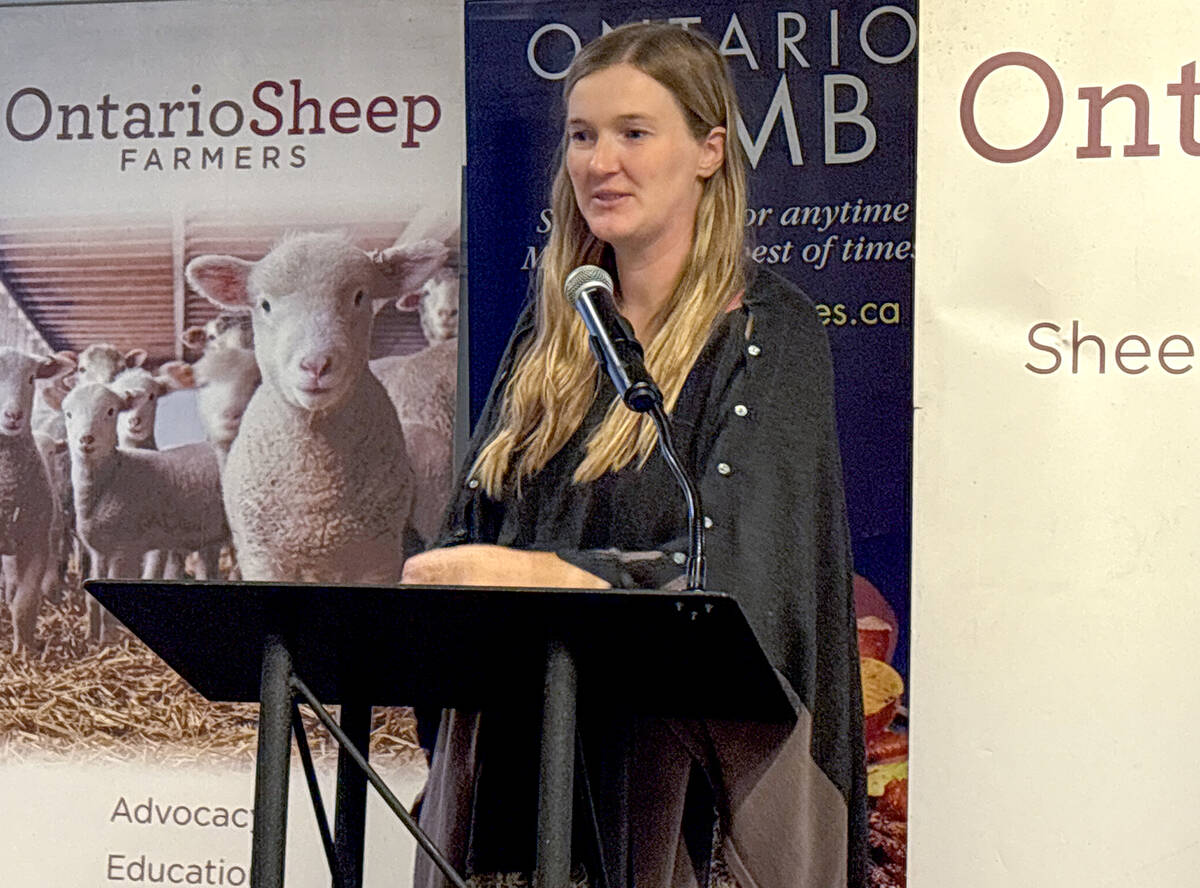
Footflats Farm recognized with Ontario Sheep Farmers’ DLF Pasture Award
Gayla Bonham-Carter and Scott Bade, of Footflats Farm, win the Ontario Sheep Farmers’ 2025 DLF Ontario Pasture Award for their pasture management and strategies to maximize production per acre.
Why it matters: This technology allows growers to know what is in their bins without the use of load cells, instantly on a phone app.
“The weight variations generate micro deformations of the leg, and then by analyzing this information we can estimate the weight,” said Jean-Jacques Bois of Nanolike.
“This kind of technology is used in bridges for structural health monitoring, in construction, and it’s used in many parts of automotive as well.”
He said strain gauge technology has been around for a long time, but it can be complicated to integrate.
Nanolike’s system was first designed to help large co-operative feed mills in France better understand when their customers needed deliveries.
“We have an accuracy of five to 10 per cent of the bin capacity, which means that it’s more than enough to make logistics optimization, because if you have 20-ton bins, you don’t wait for 500 kilos left to make an order,” Bois said.
“The most sensitive solution on the market, the most accurate, will still remain the load cells in scales.”
He said Nanolike fits in the marketplace as a lower cost solution that is easy to install in existing bins.
“Today we have something that is very easy to install on an existing bin. You need to make two holes onto one leg and attach the electronics. It takes 20 to 25 minutes to install,” Bois said.
There are two user interfaces where users of the system can access the bin sensor’s data.
The first is a smartphone app that shows real time data, as well as the feed use forecast for the next four days.
Users can also login to a web portal where historical information and more advanced analysis is available.
“Most everyday life you go to your smartphone, you see your level and then you say ‘oh I will need feed in the next two days, or I need to place an order’ that you can do in a few clicks. The other one is to analyze more in detail what happened in the past, like what was your consumption,” Bois said.
In France, Nanolike is most commonly used by feed mills, which install the systems on customers’ bins to help them optimize deliveries.
Nanolike has started to roll out several hundred connected feed bin sensors in Canada with Molesworth Farm Supply in Ontario.
The initiative will focus on supporting the feed supply chain management in the province.
However, Bois said the company is expanding.
“Any structure which is supported by legs will generate some micro deformations and micro bending on the legs when they are filled and so we can estimate the fill level due to this micro deformation. So, for example, we have been very successful in a demonstration with a construction company doing concrete or cement,” Bois said.
“In Alberta we put some sensors on a very big Meridian bin, 100 tonnes.”
He said the system could also have a fit with seed growers or in wet and in dry bins used in conjunction with a grain dryer.
In Canada, Nanolike will cost about $1,000 for five years, including access to the web portal and mobile app.
– This article was originally published at The Western Producer.





